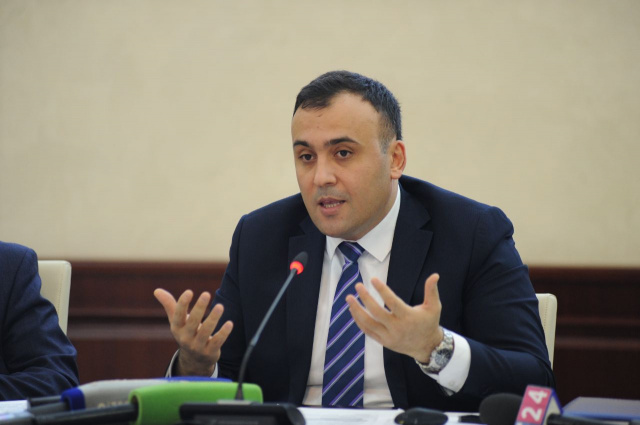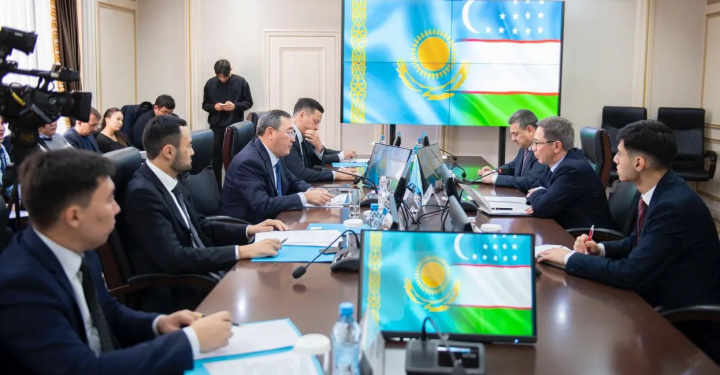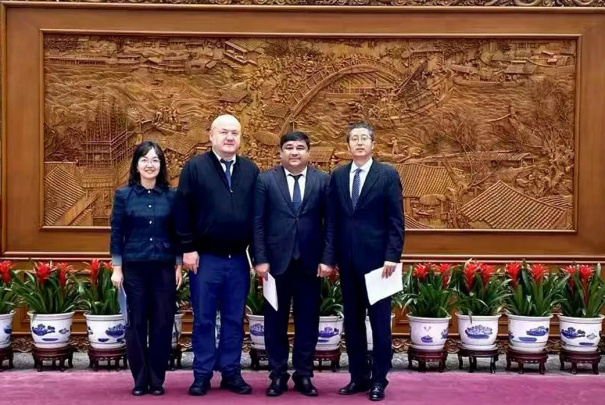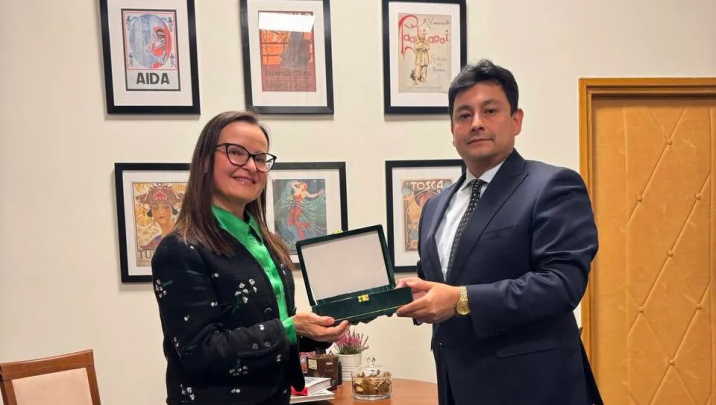First Deputy Chairman of the Central Bank of Uzbekistan Ilhom Norkulov commented on reports that the Central Bank has maintained a stable exchange rate by exporting $4 billion worth of gold.
According to him, the Central Bank does not sell gold to maintain exchange rate stability.
“We exported 110 tons of gold in 2019, which is about $5 billion. However, the Central Bank’s intervention is worth $3.8 billion (slightly over 80 tons). We have bought gold for 36.6 trillion soums, which means that it has brought this much amount to the economy,” Norkulov said.
“Why did we sell more gold? If the price is more favorable, we can sell more gold. We will wait for a while if the price is low. In this case, the forecasts of CB analysts are helpful to us. The money generated from the sale of gold does not mean that it will be traded in the foreign exchange market. That is, our gold sales operations are driven by the objectives of effective gold and foreign exchange reserves management.
In the early stages of foreign exchange reform, we followed the principle of neutrality, even when the development of the domestic foreign exchange market and its participants did not fully adapt to the new conditions. That is, in the freely formed exchange conditions, the Central Bank neither collects nor uses international reserve currencies.
In the case of a currency intervention, it is usually done by devaluing or maintaining the exchange rate. At the same time, there may be a decrease or increase in foreign exchange reserves. The fact that gold reserves remain unchanged meets the requirements of a truly freely floating exchange rate. In 2019, our gold and foreign exchange reserves totaled $28.6 billion. That is, last year our gold and foreign exchange reserves increased by more than $2 billion. We did not use our existing reserves to support the exchange rate throughout the year,” the CB First Deputy Chairman said.






